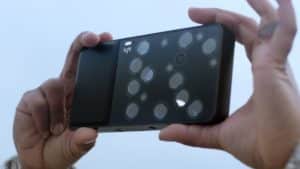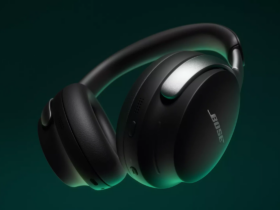Over the summer, futuristic camera disruptor, Light, raised $121 million during a Series D funding round led by the Softbank Vision Fund and German-based camera manufacturing company, Leica Camera AG. With these powerhouse players adding immense resources behind the developing technology, Light is now able to invest its time on additional computational imaging applications like self-driving cars, high-definition security cameras, and integration into the smartphone arena.
This provides a huge opportunity for the company, especially as DSLR cameras may be on their way out, with numbers showing that there was an 81% drop in DSLR orders for 2016. As more users are preferring convenience more than anything, we have entered an era where smartphones are the main source of how we take photos.

Light is aiming to use this funding toward their new development of a smartphone with nine lenses. This will be a departure from Light’s infamous 16-lens camera, which is capable of capturing 52-megapixel images, but the new technology will still be similar to what Light is currently running. All nine lenses will work together to create the perfect single image, continuing to maintain the same kind of image processing capabilities.
The phone will be capable of capturing 64-megapixel images with better low-light performance and sophisticated depth effects, while also still being able to fit all the technology into a pocket-sized device. There has been no set release date or price-point set for the smartphone as of yet, but Light has made moves with the release of their prototype showing all nine lenses in a circular design, hoping to shatter all other competitors in the mobile field.

With more and more users opting to use smartphone cameras for photo opportunities, dual-lens cameras on smartphones are now becoming more popular in order to meet consumer demand. Both Apple and Samsung have created dual-lense smartphones, as has Chinese telecommunications tycoon Huawei, who also has a partnership with Leica. While Huawei’s P20 smartphone incorporated dual-lenses technology, they have recently just released their P21 Pro that uses not one, not two, but three lenses on their smartphone camera.
With more smartphone companies incorporating high megapixel camera technology into their software, it will be interesting to see how DSLR companies try to stay competitive. Until then, we will wait to see how these camera competitors measure up to one another. It will no doubt be a continuous fight to see which camera manufacturer comes out on top.













Nice article!! We are developers and we know exactly what you need. You no longer need to spend more money for the tools. We got the right tools that do the job with ease and this is exactly what you need.